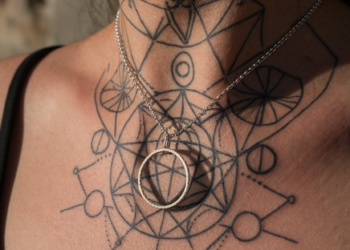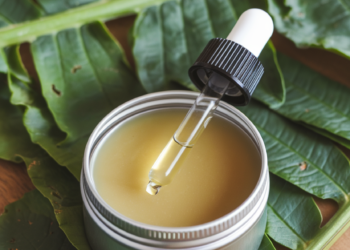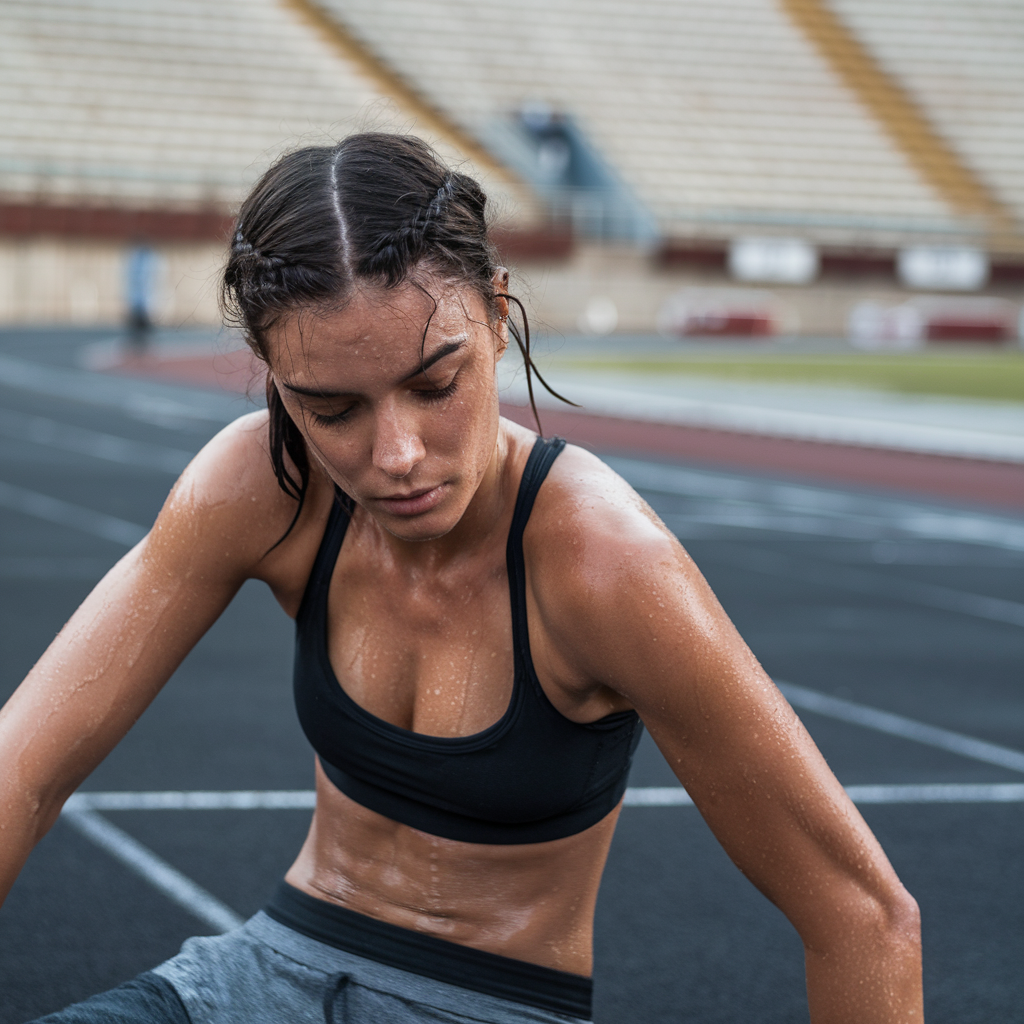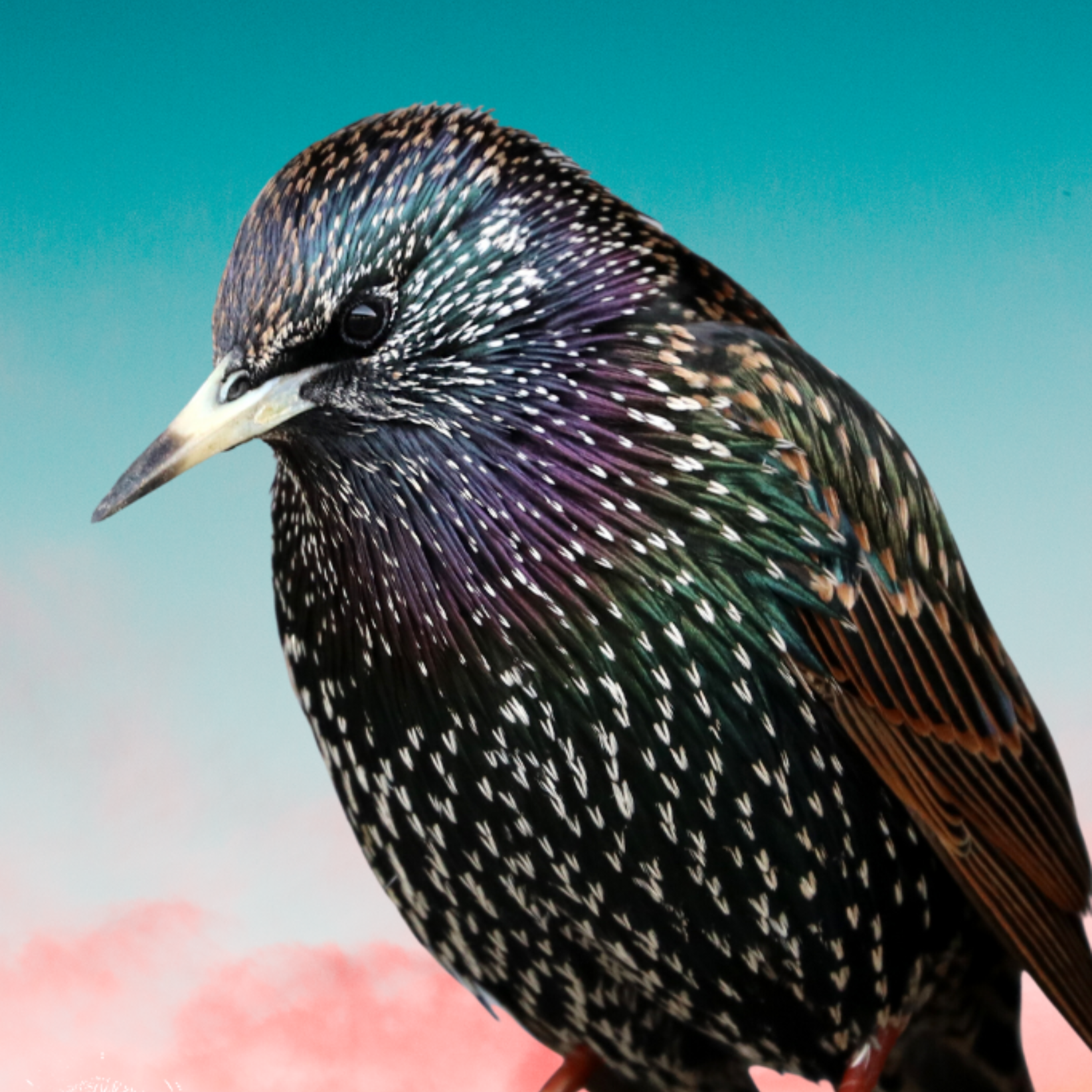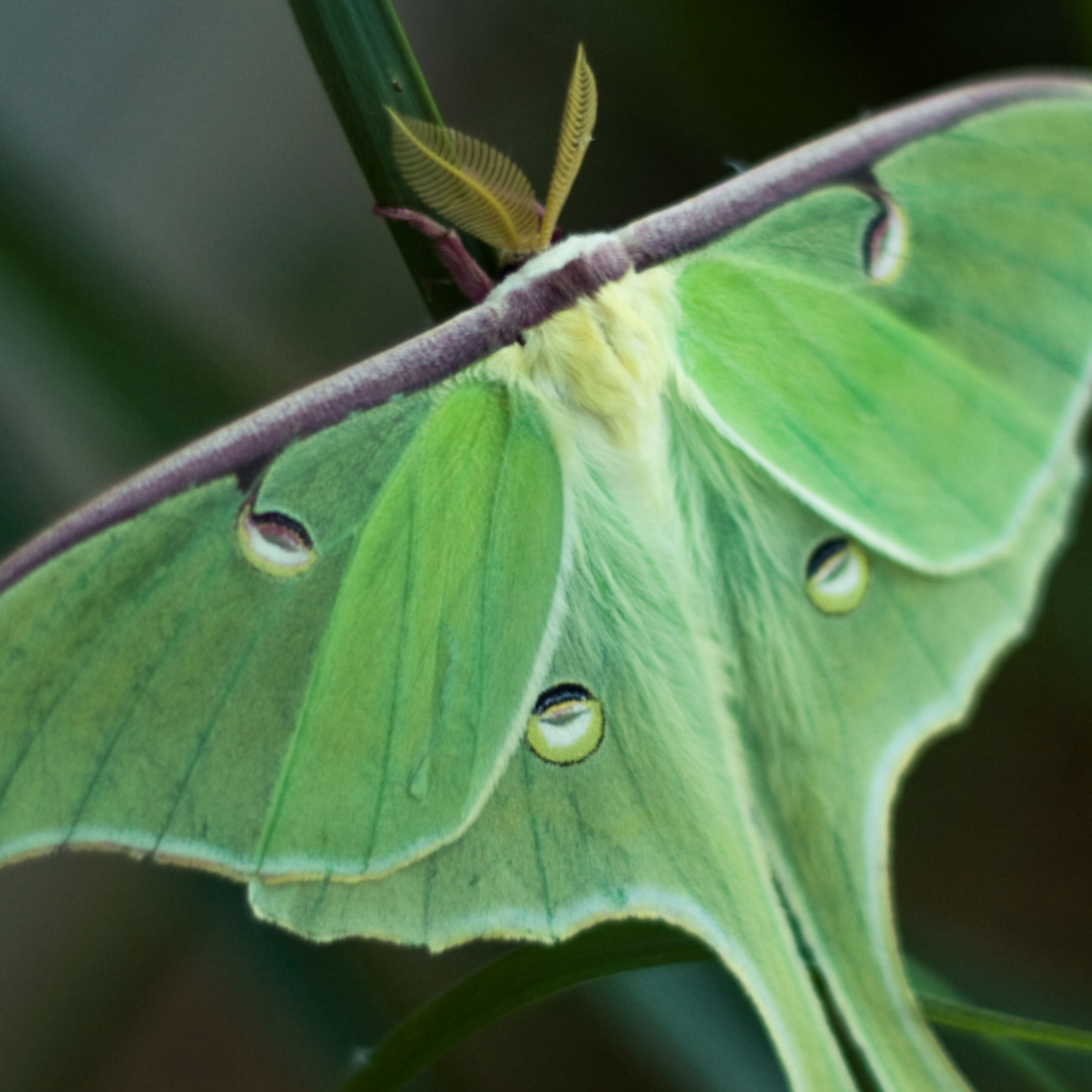As a lover of body art, I’ve always been captivated by the incredible world of watercolor tattoos. These vibrant tattoos evoke a sense of fluidity and creativity, perfectly blending the elegance of watercolor painting with the expressive nature of abstract art tattoos.
My aim in this article is to explore a variety of ideas and inspirations that will help you delve deep into the realm of tattoo inspiration, guiding you toward a stunning piece that reflects your unique style. From unique color combinations to emotional themes, I’ll cover all the fascinating aspects of watercolor abstract art tattoos.
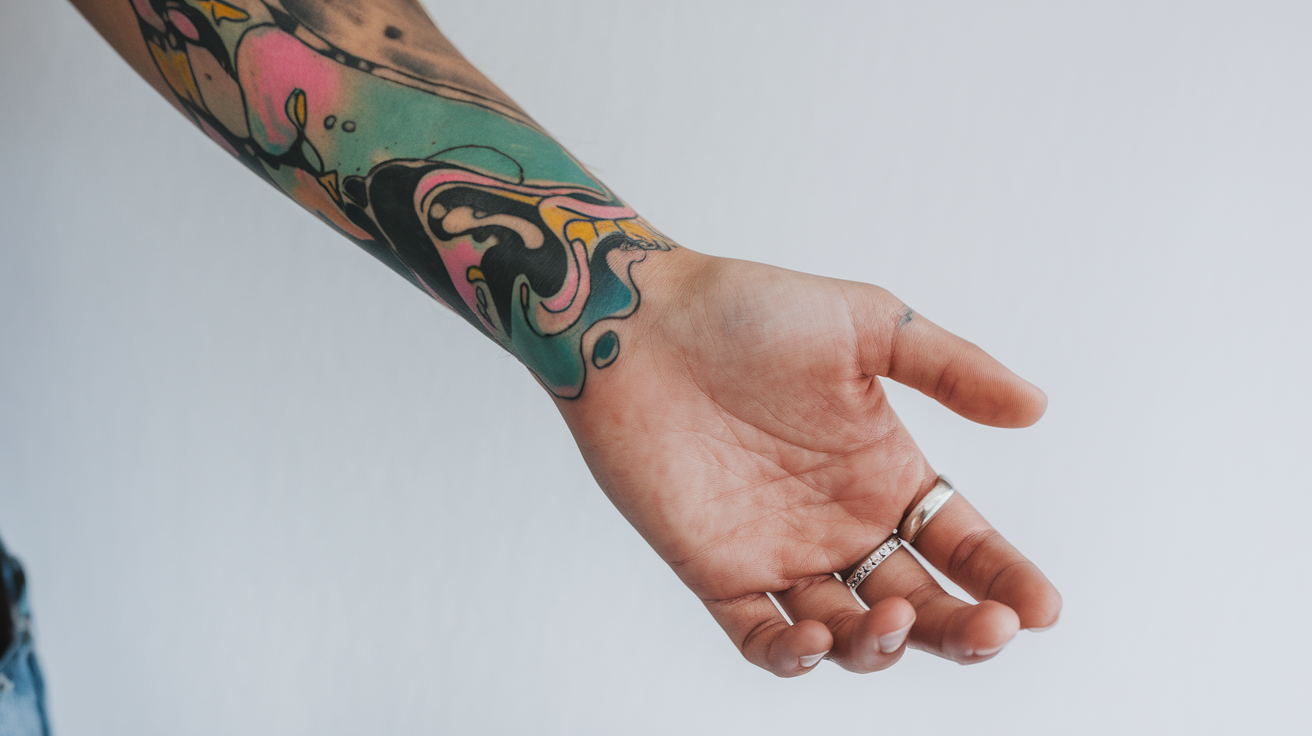
Understanding Watercolor Tattoo Art
Watercolor tattoos have emerged as a dynamic form of body art that aptly showcases vibrant, flowing designs reminiscent of watercolor paintings. This contemporary tattoo style sets itself apart with its unique watercolor tattoo definition, which focuses on softer lines and an abstract blend of colors rather than solid outlines commonly found in traditional tattoos.
The characteristics of watercolor tattoos grant them an abstract and artistic flair, allowing individuals to express their emotions and personalities through vivid imagery.
What Are Watercolor Tattoos?
At its core, a watercolor tattoo is a visual representation that mimics the aesthetics of a watercolor painting. These tattoos typically feature gradients and splashes of color, crafting an ethereal look.
The styles of watercolor tattoos can vary greatly, encompassing floral designs, animal imagery, and abstract creations. The freedom of expression offered by this tattoo style appeals to many, leading to a surge in its popularity among tattoo enthusiasts seeking something distinctive and personal.
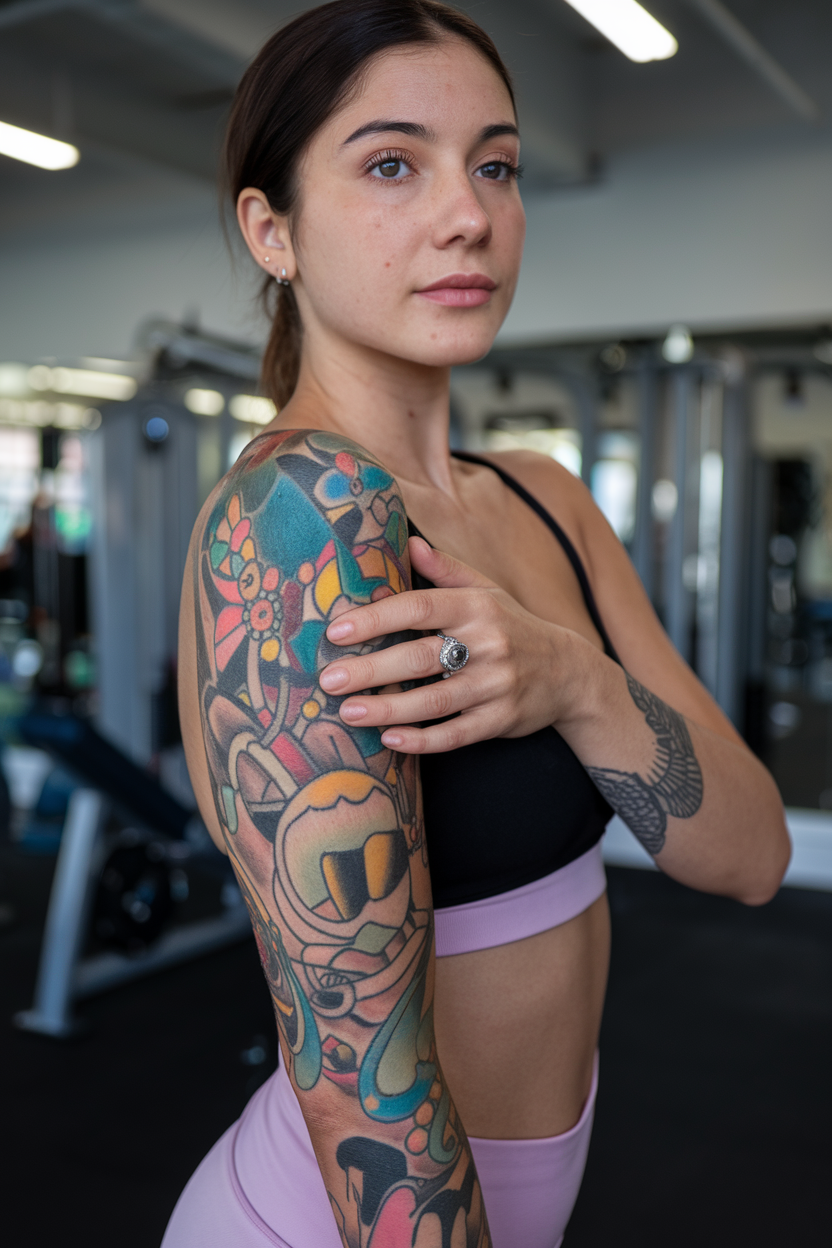
History and Popularity of Watercolor Tattoos
The history of watercolor tattoos traces back to the early 21st century when artists began experimenting with innovative techniques to enhance tattoo artistry. This evolution of watercolor tattoos coincided with growing acceptance and appreciation for diverse tattoo styles within mainstream culture. As artists like Lee R. and Korin K. started gaining recognition for their vibrant application of colors and techniques, the popularity of tattoo styles shifted towards celebrating artistic individuality. Today, watercolor tattoos hold a prominent place within the tattoo community, cherished for their unique appeal and ability to convey deep personal meaning.
Exploring Abstract Art in Tattoos
Abstract art has a unique allure that captivates many enthusiasts. It distills complex emotions into simplified forms, colors, and shapes. This approach resonates deeply with individuals seeking tattoos that reflect their inner selves. Understanding abstract art opens the door to a world of creativity and personal expression in tattoo art.
Key Characteristics of Abstract Art
Abstract art features distinct characteristics that differentiate it from traditional styles. Its focus on non-representational forms allows artists to experiment with colors and lines. The use of vibrant hues and dynamic shapes encourages emotional interpretations from viewers, making each piece unique. In the realm of abstract designs in tattoos, this freedom showcases the wearer’s individuality.
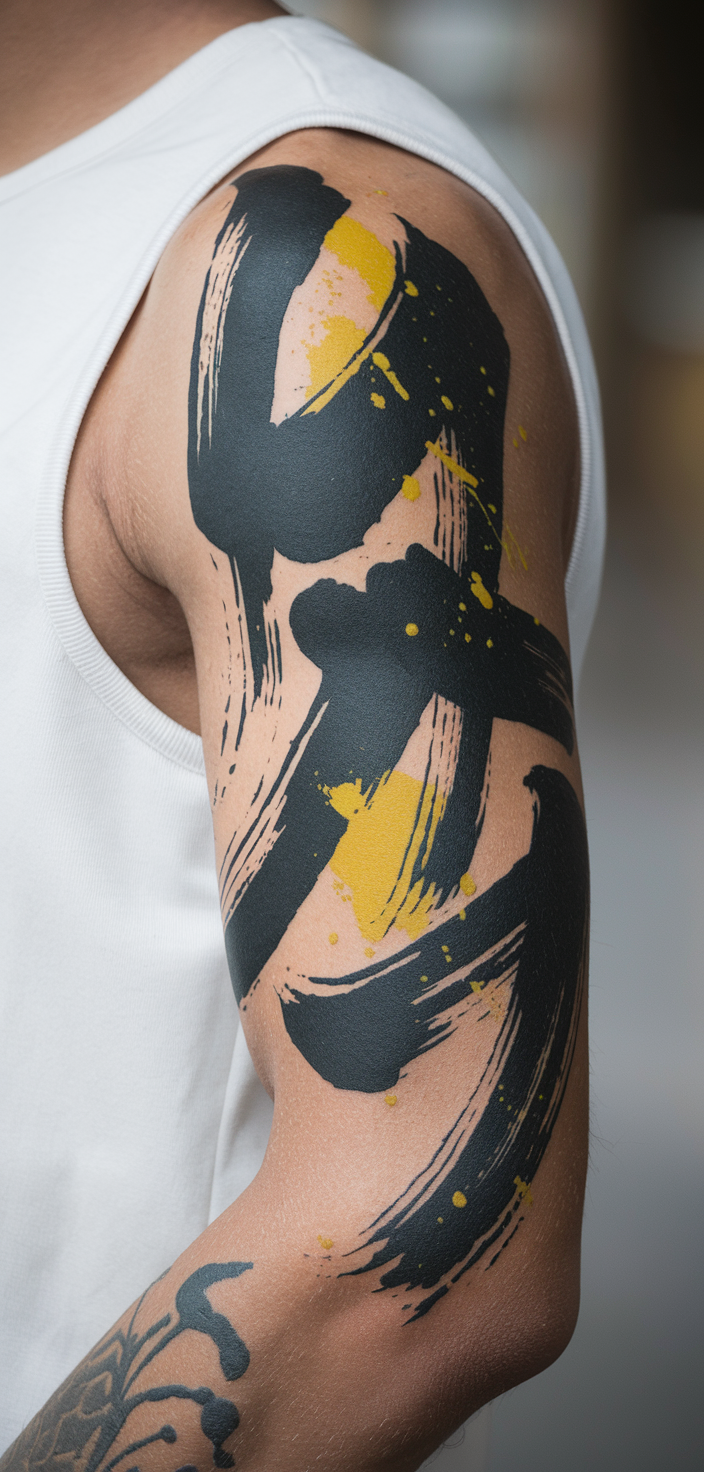
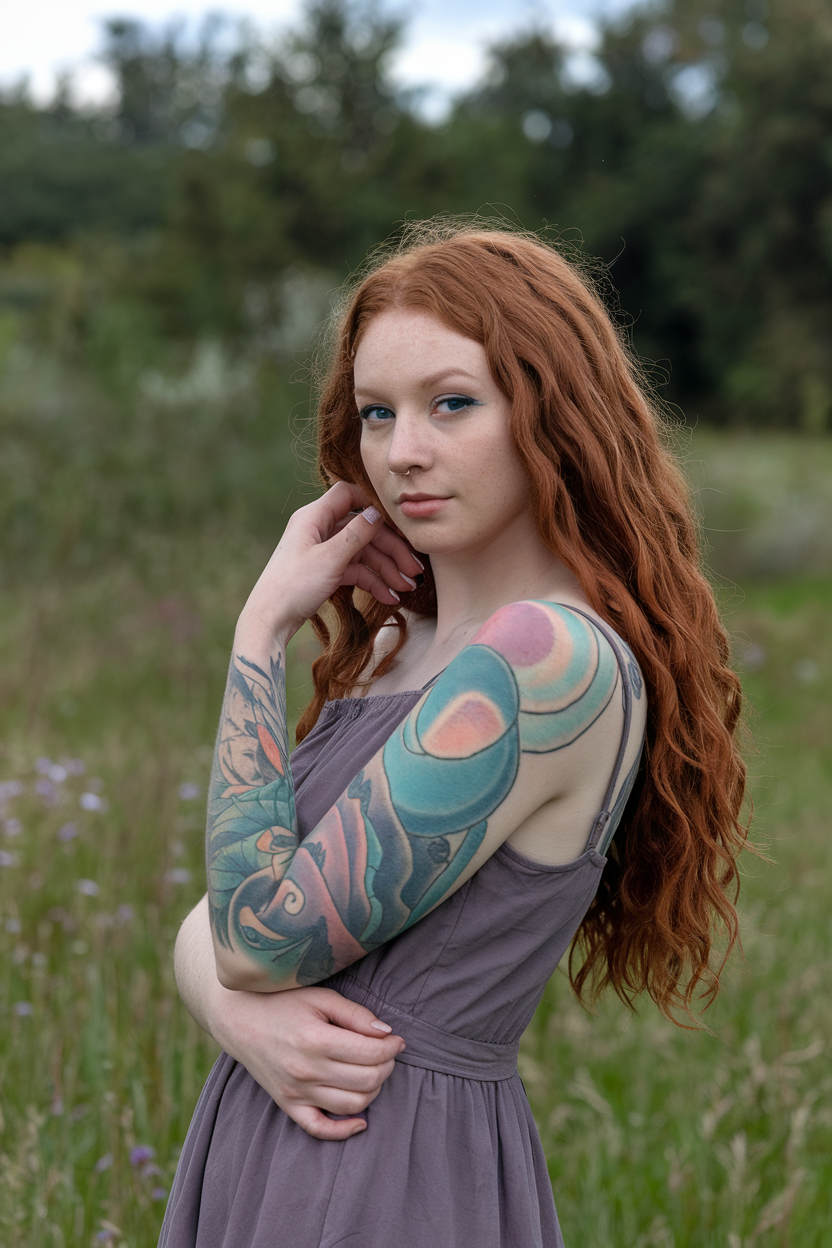
Why Choose Abstract Designs for Tattoos?
There are numerous reasons for abstract tattoos. They offer immense creative variability and blend effortlessly with other styles. By opting for abstract art, I can capture emotions and thoughts that may not conform to conventional imagery. The benefits of choosing abstract art extend beyond aesthetics; it allows profound personal meaning. Each abstract tattoo can tell a different story to every observer, enhancing its appeal and significance.
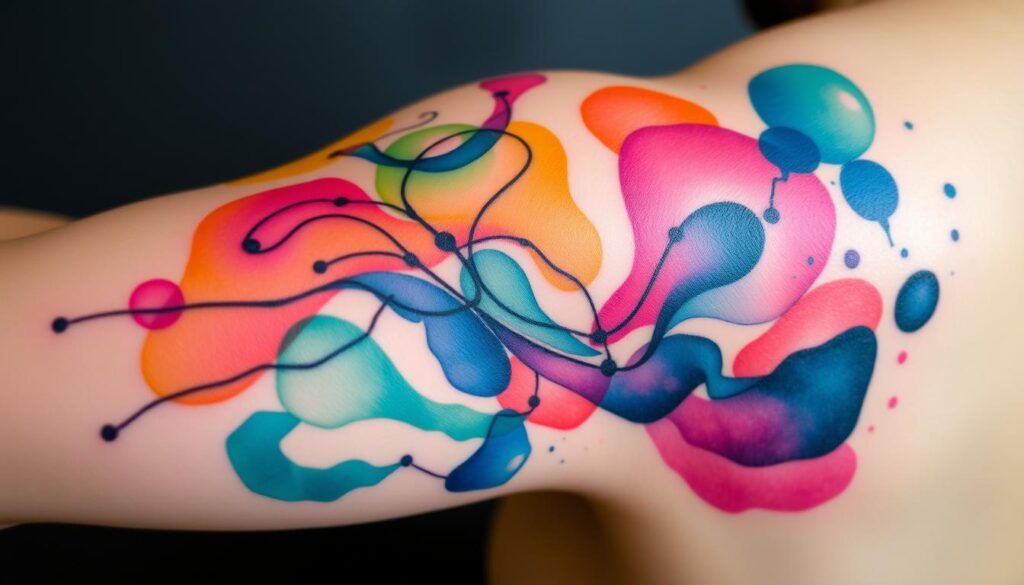
Watercolor Abstract Art Tattoo Ideas
One of the most captivating aspects of watercolor abstract tattoos lies in their unique color combinations. These combinations allow for the expression of various emotions and themes. Popular color palettes often include soft pastels, vibrant neons, or rich primary colors. In my experience, it is essential to consider personal color preferences and the feelings those colors evoke.
Unique Color Combinations for Your Tattoo
The beauty of color combinations in watercolor tattoos can create stunning gradients and fluid effects that naturally catch the eye. Each blend can offer a gentle nod to different emotional themes, engaging both the wearer and those who view the tattoo. By playing with diverse shades, one can achieve watercolor tattoo designs that not only look beautiful but also resonate deeply.
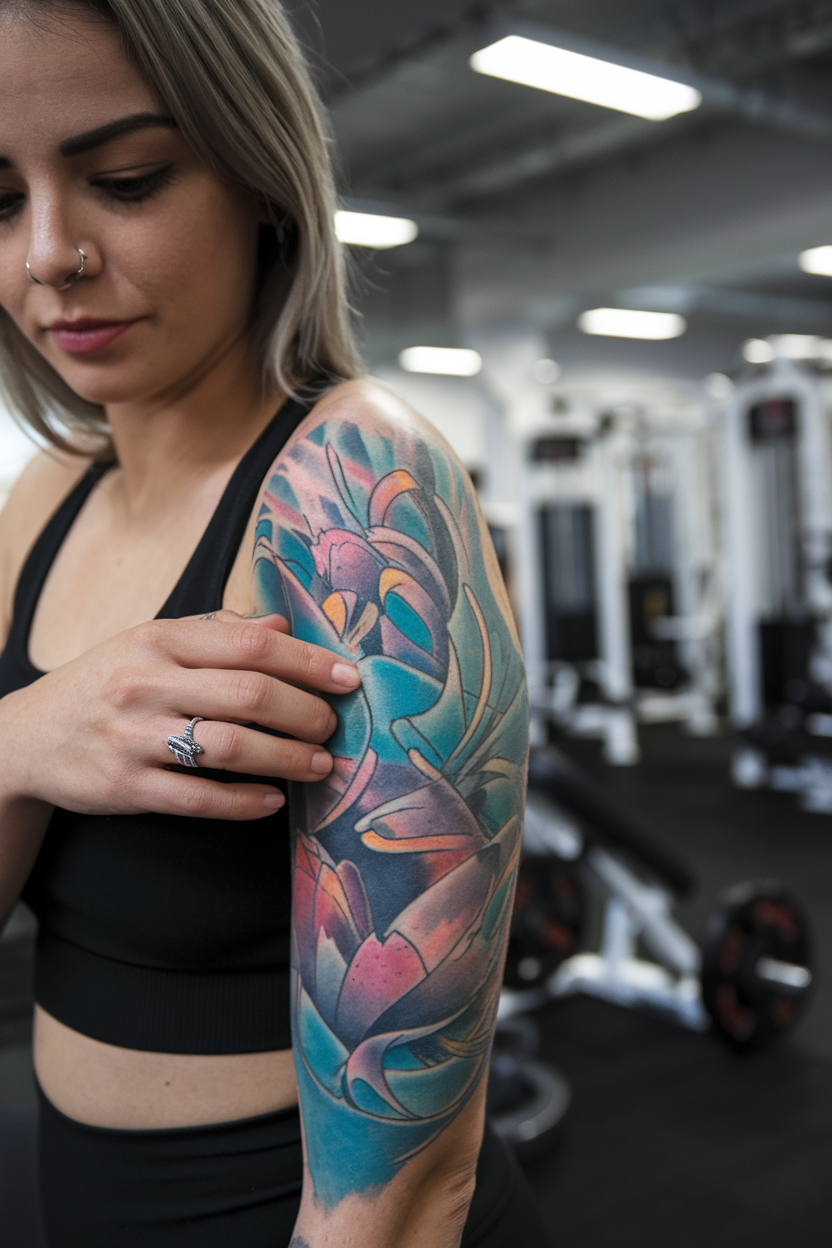
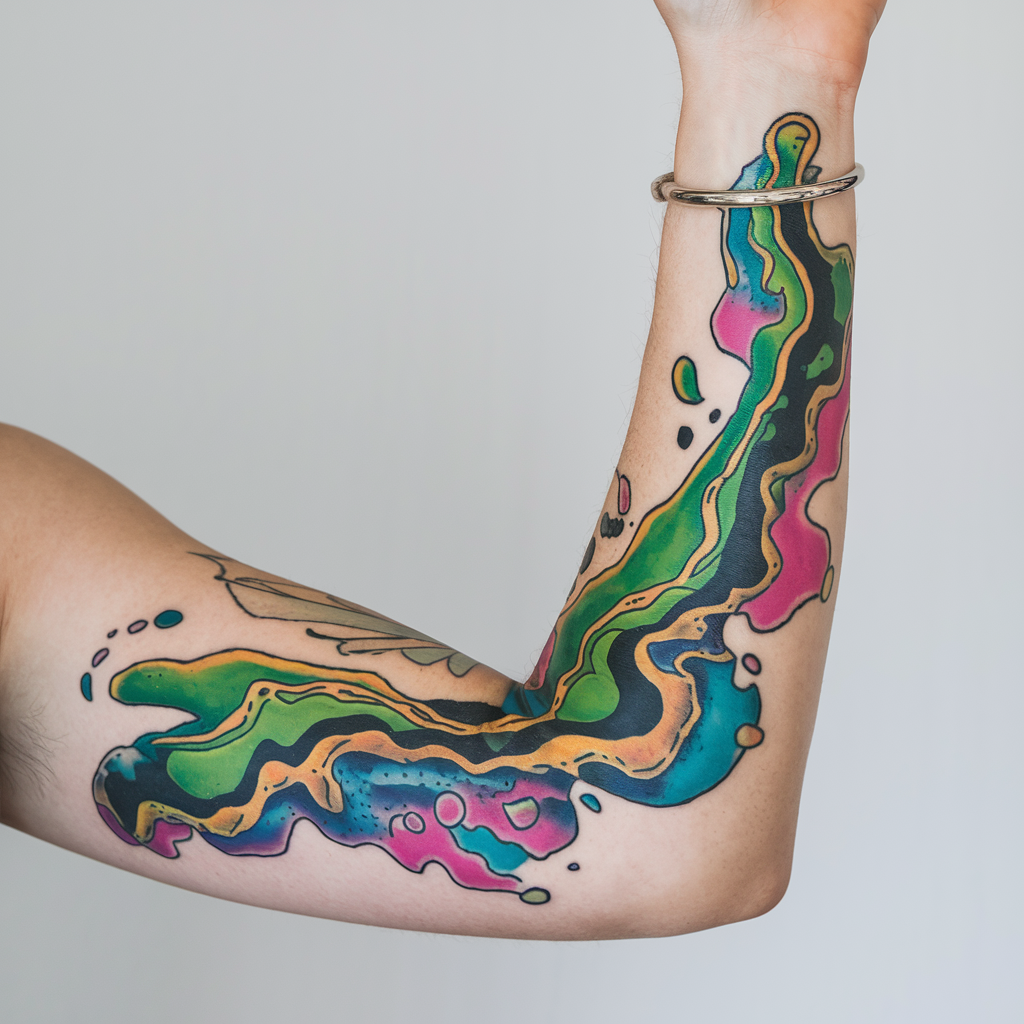
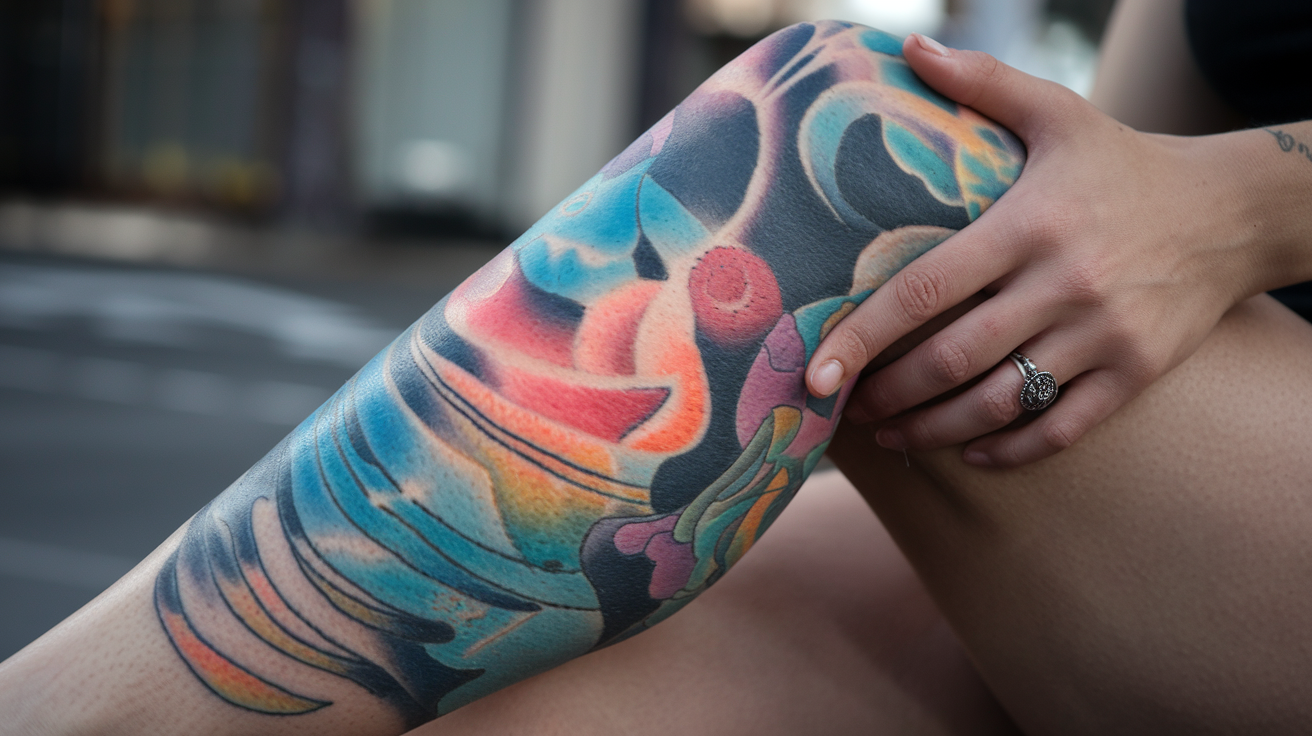
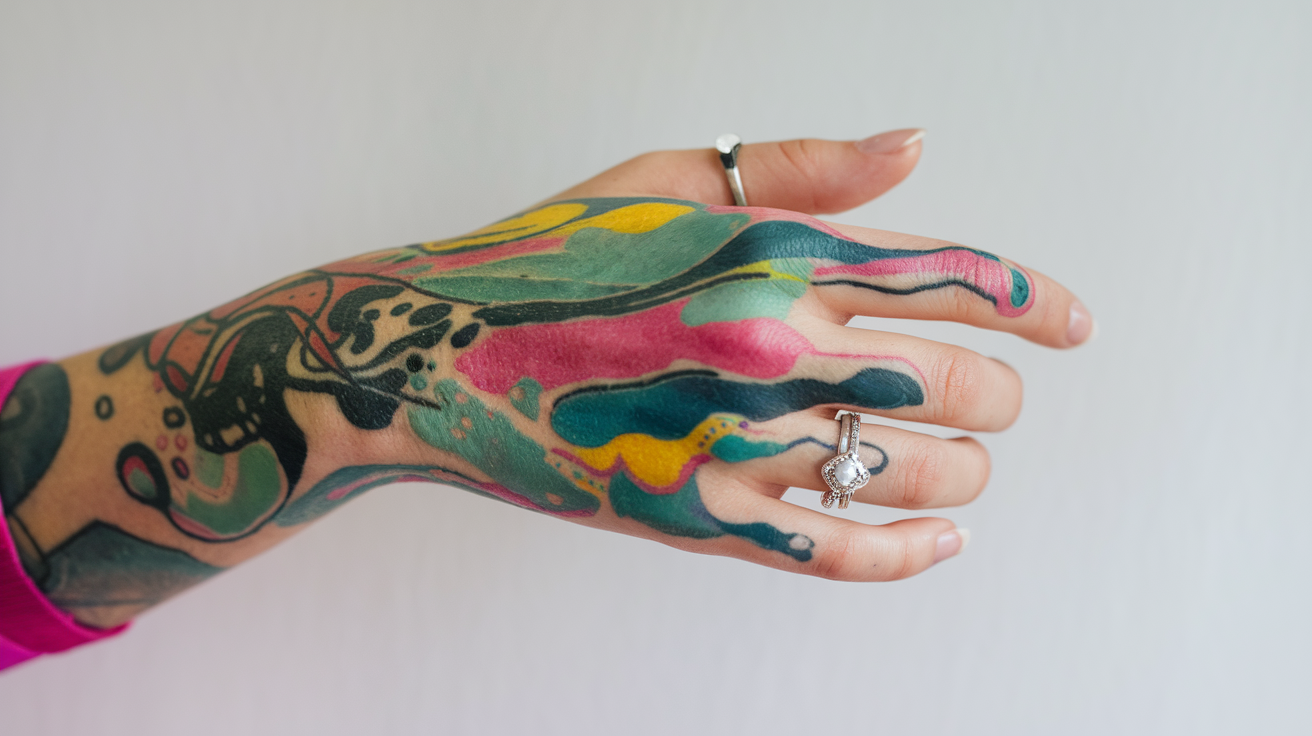
Emotional Themes in Abstract Watercolor Tattoos
Abstract watercolor tattoos often convey emotional themes that speak volumes about personal life stories. Common motifs encompass symbols like birds and trees, reflecting love, freedom, transformation, and nature. Each element is intertwined with the meaning in abstract tattoos, as these symbols illuminate unique journeys. Understanding the watercolor tattoo symbolism behind these designs adds significant depth to their appreciation, making your tattoo a personal masterpiece.
| Color Palette | Emotional Theme | Symbolic Using |
|---|---|---|
| Soft Pastels | Calmness | Clouds, Waterdrops |
| Bright Neons | Joy & Vibrancy | Sunflowers, Butterflies |
| Bold Primaries | Strength & Passion | Hearts, Flames |
Best Placement for Watercolor Abstract Tattoos
Choosing the right spot on my body for a watercolor abstract tattoo significantly influences its overall impact and visibility. Several factors come into play when making this decision. The best body locations for tattoos often include the forearm, back, and thigh, as these areas provide ample canvas for detailed designs. When selecting a placement, I reflect on whether I want the tattoo to be prominently visible or more private.
Each body part presents unique opportunities for displaying artistry while considering the design’s size and intricacy.
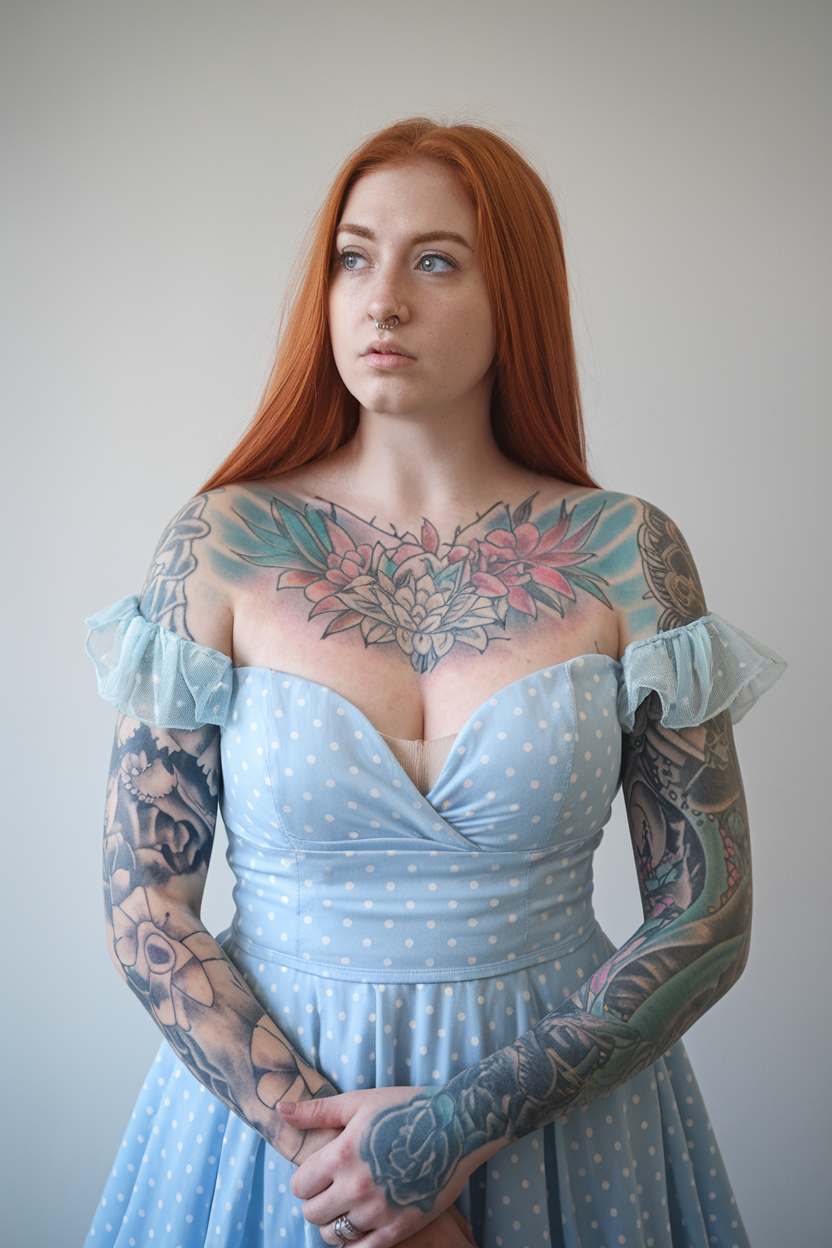
Choosing the Right Spot on Your Body
When thinking about tattoo placement tips, I find that the forearm or upper arm offers fantastic visibility options, especially for larger pieces. Tattoos on the back can accommodate more complex designs, allowing the watercolor effect to fully blossom. The thighs serve as a versatile space; they can conceal smaller tattoos or showcase larger works depending on what I want to express.
Considerations for Visibility and Size
Visibility factors for tattoos are crucial. Large, elaborate watercolor designs benefit from placement in areas where they can be appreciated easily. I consider tattoo size considerations and how they adapt to different body shapes. Smaller tattoos might work beautifully on wrists or ankles, fitting neatly while still standing out.
Discussing these aspects with my tattoo artist ensures that the size aligns with my vision, while also considering how the tattoo may change over the years as my body evolves.
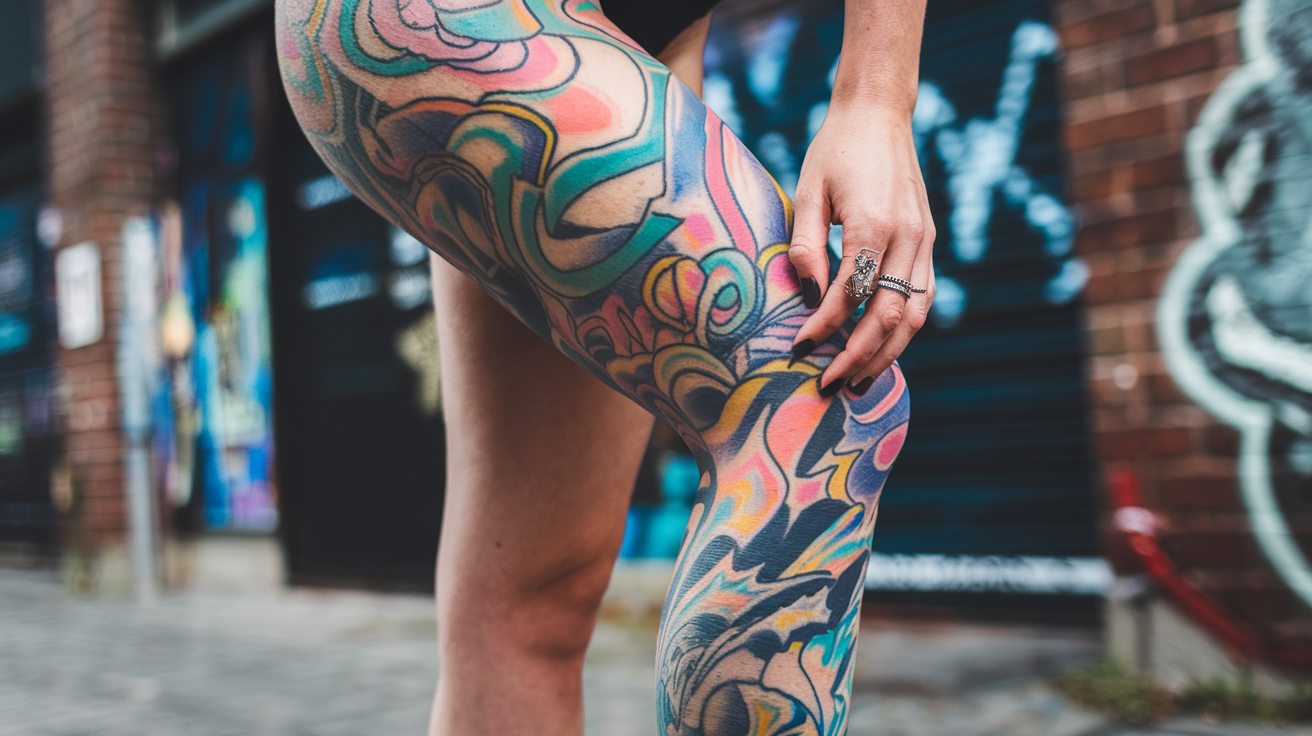
Finding the Right Artist for Your Tattoo
When it comes to hiring a tattoo artist for your watercolor abstract tattoo, the choice can significantly impact your experience and the final result. Asking the right questions during consultations plays a crucial role in ensuring that you find the right tattooist for your needs.
Questions to Ask Before Committing
Before committing to an artist, I recommend asking several important questions. Inquire about their experience with watercolor styles specifically. Understanding their comfort level with this unique approach can provide insight into their suitability. The questions for tattoo consultations that I find vital include:
| Question | Purpose |
|---|---|
| What tools do you use for watercolor tattoos? | Assess the artist’s equipment quality and expertise. |
| Can you explain your approach to color blending? | Gauge the artist’s technique and creativity. |
| What hygiene practices do you follow? | Ensure a safe and sterile environment. |
| How do you incorporate client ideas into a design? | Understand their level of collaboration and communication. |
Reviewing an Artist’s Portfolio
Examining tattoo portfolios is another essential part of your decision-making process. A strong portfolio showcases skills and artistic style, particularly in watercolor techniques. When reviewing portfolios, assess not only the quality of the work but also how well it aligns with your vision. Look for consistent quality and effective use of color in their pieces.
Recommendations from past clients can serve as a helpful tool when finding quality tattoo artists, as they often reflect the artist’s professionalism and reliability.
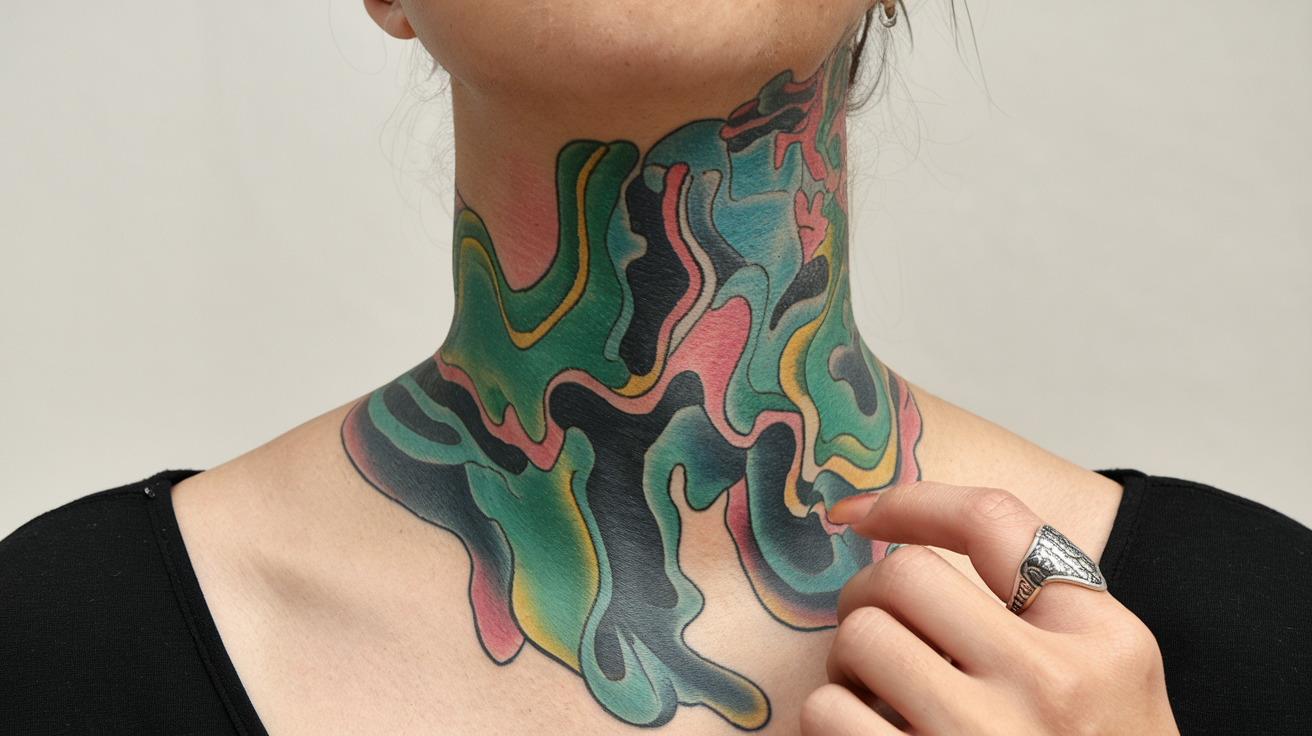
Aftercare for Watercolor Tattoos
Ensuring proper aftercare is essential for preserving the beauty of watercolor tattoos. The tattoo healing process typically takes two to three weeks, during which the colors can fade if not cared for correctly. Recognizing the tattoo aftercare significance can help in keeping tattoos vibrant and maintaining watercolor tattoo quality over time.

Why Aftercare is Important
Aftercare prevents infections and supports the healing process, allowing the skin to recover while retaining the vivid colors of your tattoo. Neglecting aftercare can lead to dullness, inconsistencies, and premature fading in your art. Understanding how to care for my tattoo is vital; it ensures long-lasting tattoos that look vibrant for years. By following the right tattoo care techniques, I can enjoy my watercolor tattoo in its best state.
Best Practices for Maintaining Color and Detail
During the healing phase, I use a mild soap and a tattoo-specific moisturizer to care for my tattoo. Keeping the tattoo clean and hydrated is key. Once fully healed, applying high SPF sunscreen to the tattooed area is crucial to protect against UV damage, which can fade colors. Regularly moisturizing the skin allows the colors to stay rich and beautiful, significantly aiding in maintaining watercolor tattoo quality. By investing time in proper care, I ensure my tattoo remains a masterpiece, full of detail and vibrancy.
| Aftercare Technique | Purpose |
|---|---|
| Gentle Cleansing | Removes dirt and bacteria, preventing infection |
| Moisturizing | Keeps skin hydrated, maintains color intensity |
| Sunscreen Application | Protects from UV rays, prevents fading |
| Avoiding Pools and Hot Tubs | Minimizes risk of irritation and infection |
| Regular Check-ins | Monitors healing and identifies any issues |
Popular Themes and Motifs in Watercolor Abstract Tattoos
In exploring watercolor abstract tattoos, I find that the themes and motifs chosen play a significant role in the overall effect. Nature themes in tattoos often shine through beautifully, lending themselves to vibrant and fluid designs. Both floral and animal motifs capture attention, but they can also convey deeper meanings. Meanwhile, geometric tattoos introduce a structured element that contrasts nicely with the more whimsical watercolor aesthetic.
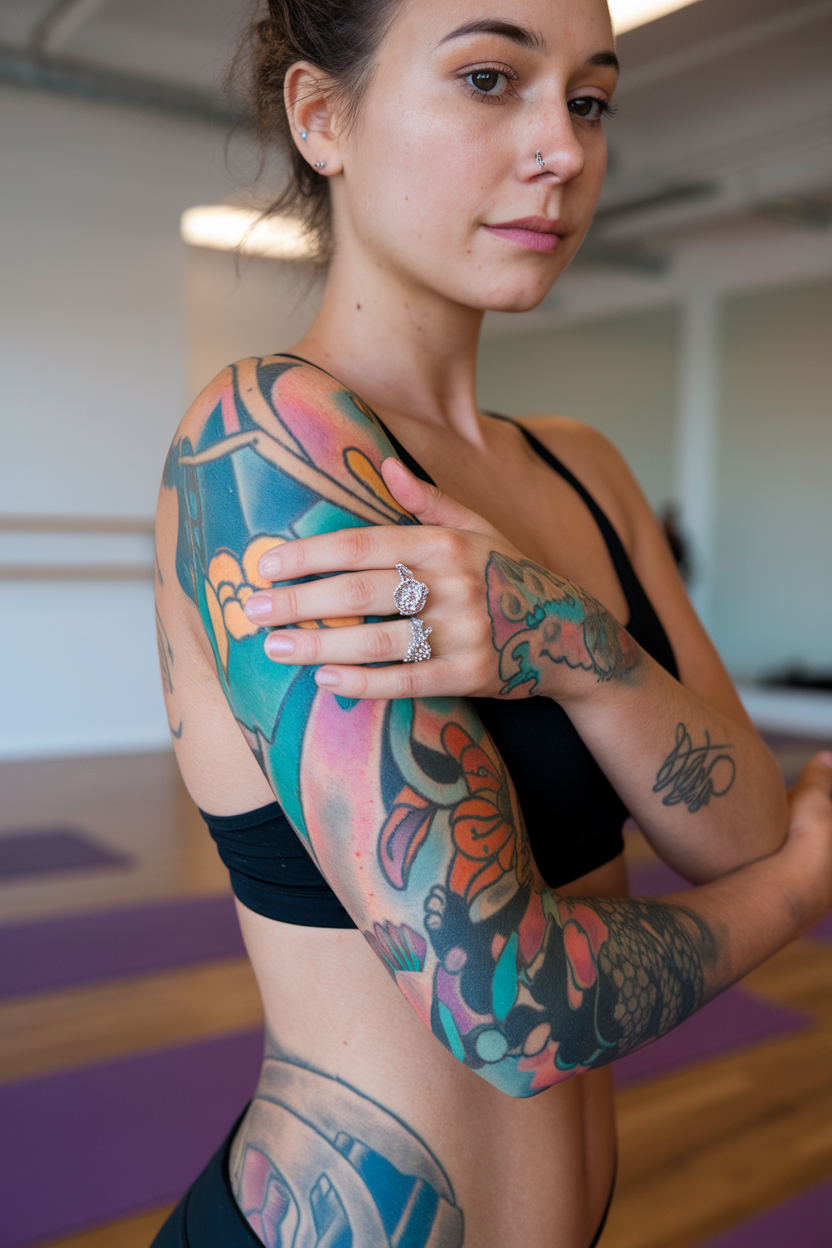
Nature-Inspired Designs
Nature-inspired designs hold a special place in the world of watercolor tattoos. Floral watercolor tattoos, featuring blooms like roses or lotuses, offer stunning color and rich symbolism. These elements connect wearers to themes of growth and beauty. Animal motifs in abstract tattoos, such as butterflies or birds, illustrate freedom and transformation, capturing the spirit of nature in an evocative form. Embedding these nature themes not only enhances the visual appeal but also creates a personal connection for me and others who choose them.
Geometric Abstract Patterns
Geometric abstract patterns are increasingly popular as part of modern tattoo trends. These designs often interlace sharp shapes and fluid watercolor styles, resulting in captivating art. Triangles, circles, and lines blend seamlessly, introducing balance amidst the chaos of color. I appreciate how abstract geometric designs can bring order and symmetry, appealing to my sense of aesthetics. This fusion of styles encourages personalized creativity while maintaining a contemporary vibe.
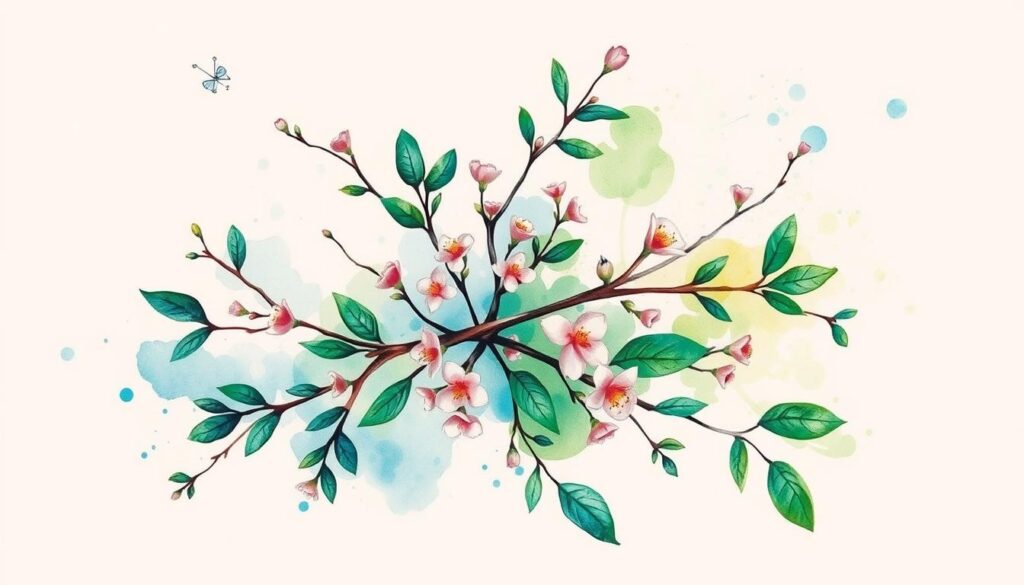
Incorporating Personal Meaning into Your Tattoo
Creating a personalized tattoo goes beyond the visual appeal; it involves embedding personal meaning in tattoo design. I find that choosing tattoo symbols and colors that resonate with my identity enriches the overall experience and outcome. Each color carries its own significance, influenced by my cultural context and personal experiences, making it essential to reflect on what hues truly resonate with me.
Likewise, selecting symbols can provide depth, representing my beliefs, memories, or aspirations. Collaborating with my tattoo artist plays a crucial role in this phase. By discussing the ideas and the meanings behind them, I pave the way for a design that tells my story.
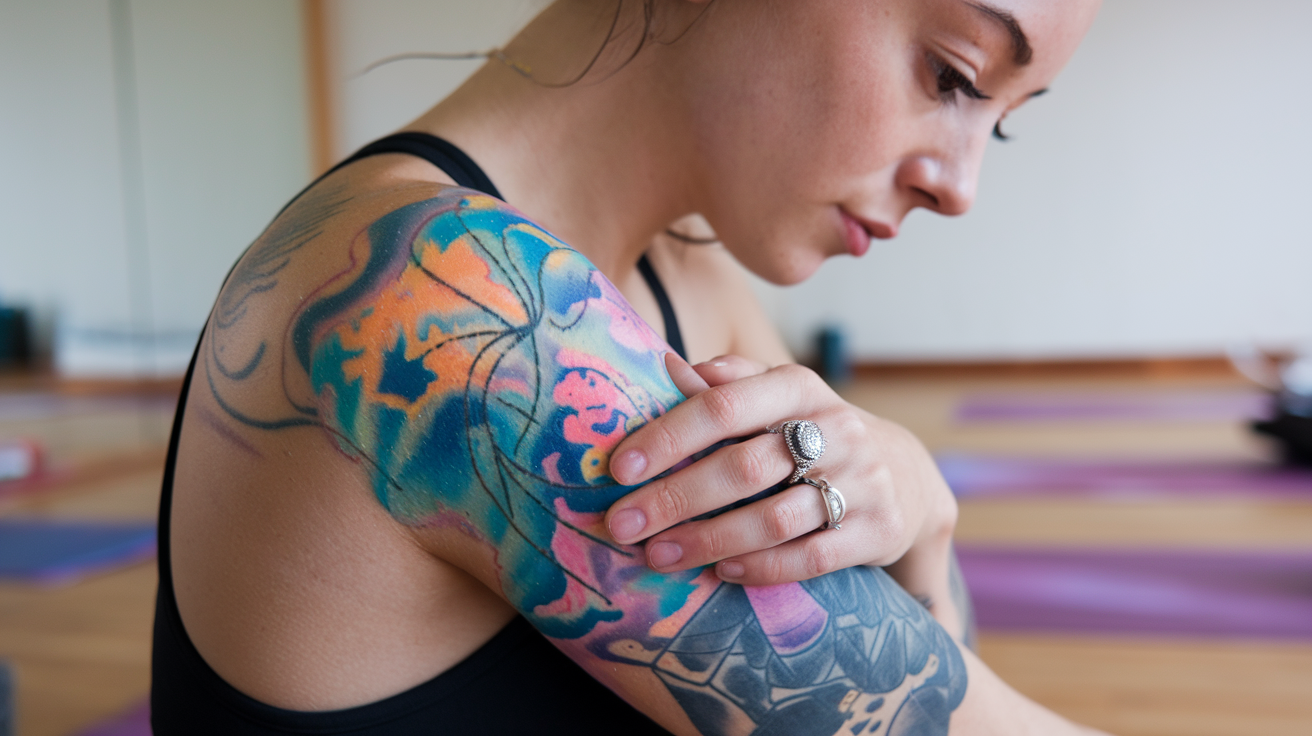
How to Choose Symbols and Colors that Reflect You
The process of choosing tattoo symbols isn’t merely aesthetic; it’s about representation. I consider what symbols hold importance in my life, be it animals, objects, or abstract shapes. These choices help me translate personal experiences into visual art. Furthermore, while picking colors, I examine their meanings, as they can enhance the emotional narrative of my tattoo. This combination of symbolism and color makes the tattoo uniquely mine and resonates with my soul.
Creating a Custom Design with Your Artist
Engaging with a tattoo artist transforms my vision into reality through a custom tattoo design process. While I share my inspirations and desired symbols, the artist provides insights, ensuring the final piece wouldn’t just reflect my identity but would also have artistic merit. The collaboration fosters an enriching experience, as the artist’s expertise helps in refining unique tattoo ideas into a cohesive design. This dynamic is vital for achieving a stunning result that stays true to my narrative while showcasing the artist’s craftsmanship.
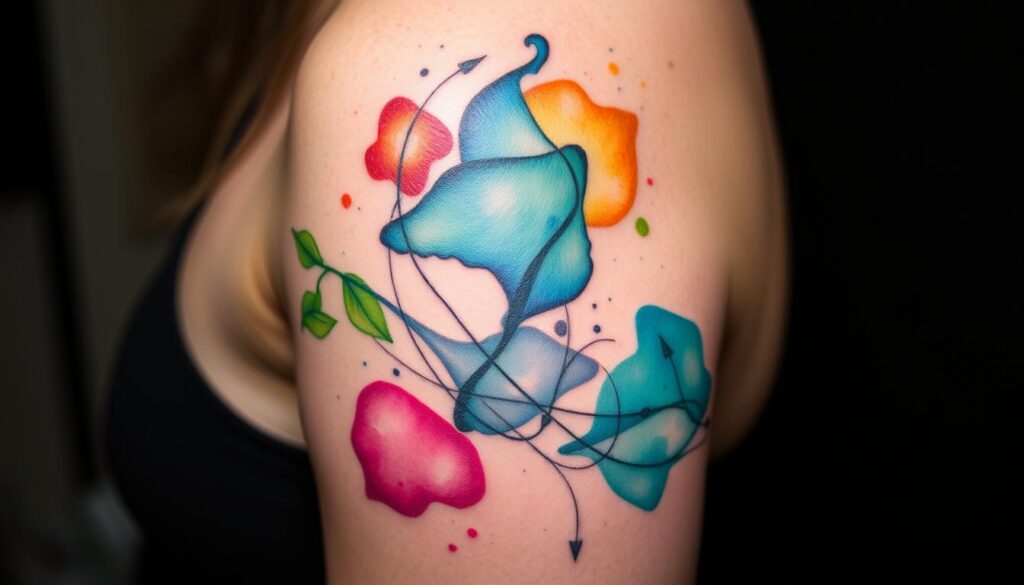
Where to Find Inspiration for Your Next Tattoo
Finding inspiration for my next watercolor abstract tattoo can be an exciting journey. I often start this process by turning to online platforms like Pinterest and Instagram. These social media sites are treasure troves where many talented artists showcase their incredible work, providing a wealth of tattoo inspiration sources. Not only do I discover unique designs, but I also get a sense of the different techniques that can help bring my vision to life.
Another great place to gather ideas is at tattoo conventions and art shows. These events allow me to see artists in action, observe their styles, and connect with creative minds who share my passion for art and body ink. It’s a fantastic environment to engage with the tattoo community, ensuring that I stay current on trends while also seeing how others interpret abstract concepts in their work.
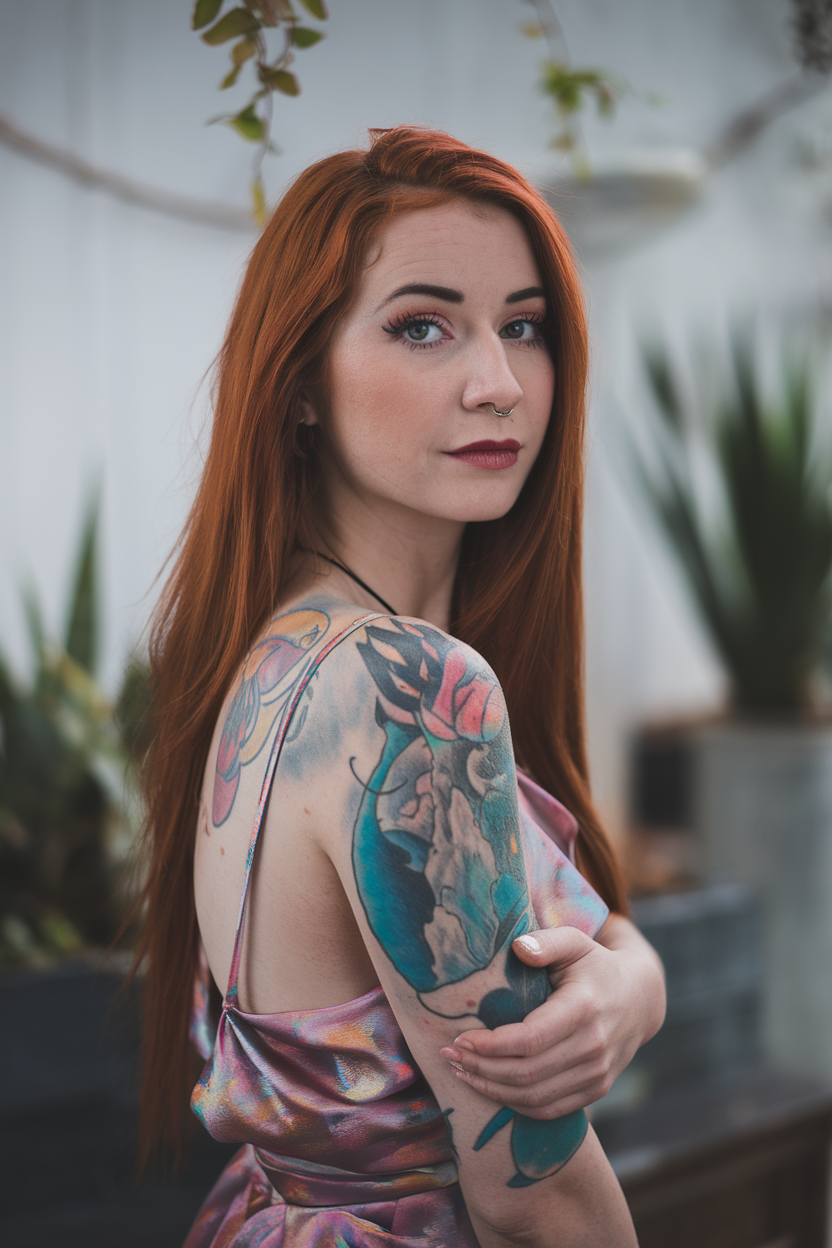
Additionally, art books that discuss abstract and watercolor styles play an essential role in my inspiration process. These books provide new ideas and personal interpretations that enrich my understanding of the artwork. By exploring tattoo styles through literature, I ensure that my next tattoo is not only vibrant but also a true reflection of my artistic vision. With the right sources, finding tattoo ideas becomes both a personal and fulfilling experience.


